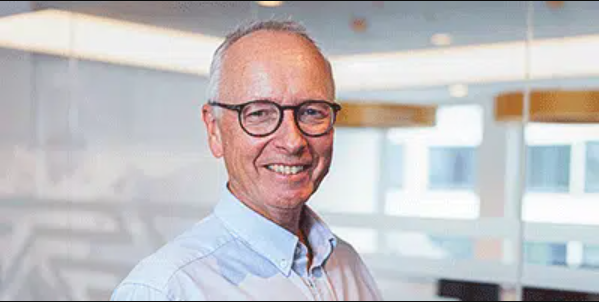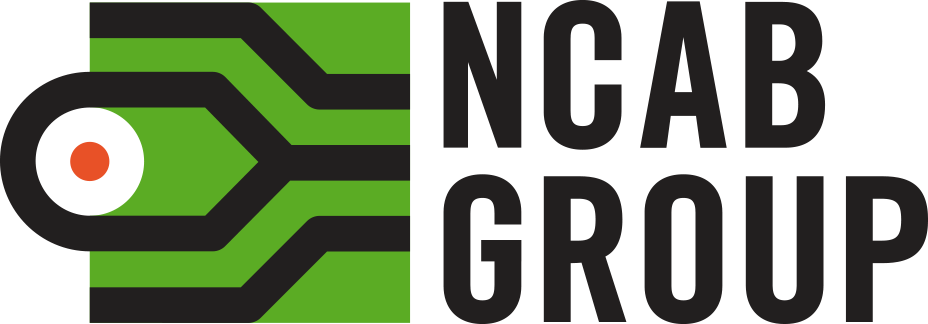TECH BASICS: LESSON 2
2) Levels and layers
Read the video transcript below the video, or download all video transcripts in this course here.

Conductors: Materials that allows electrons to pass through. In PCBs, conductors connect components.
Insulation: Materials that do not allow electrons to pass through.
Transcript
2) Levels and Layers
Now you know that a PCB is basically a way to organize conductors in a small space, while avoiding unwanted connections. The more connections we need, the smarter we must design the PCB.
So, what to do when we need more conductors than we have space for? We can do what the London Underground does. They have a similar problem – they move passengers, and we move electrons, but the principles are the same.
This is a map of the London Underground. With all those tracks crossing, how come they don’t crash all the time? The answer, of course, is that the tracks are built on different levels. Trains don’t crash because they don’t meet.
I mentioned that a PCB can have conductors on both sides, separated by insulation. It doesn’t stop there – we can add layer upon layer of conductors and insulation, making sure that conductors don’t meet unless we want them to.
However, just like passengers want to move between levels to change trains or get back to street level, we want the electric signals to move between layers in the PCB.
Where passengers use stairs or lifts, electrons use holes – called vias to move between layers. A via can connect two layers, all layers or anything in between. There will be much talking about vias throughout this course; they are key in smart PCB-designs.
Today we can make PCBs with up to 120 layers for the most complex needs. You can imagine the effort it takes to design them to make sure all electrons go where they are supposed to go, and nowhere else.
So, layers and vias make PCBs smart.
THIS IS SO EXCITING! The next lesson is about conductors and how they are different.
